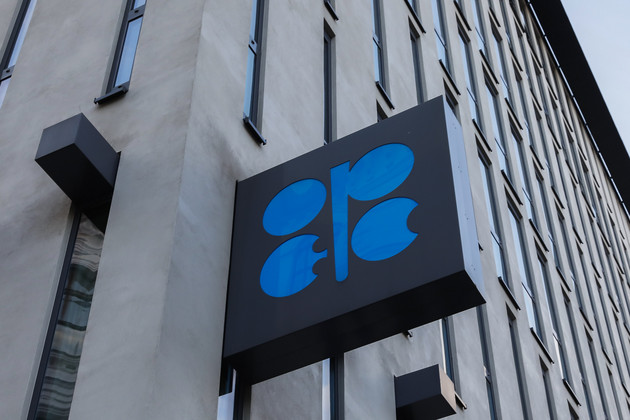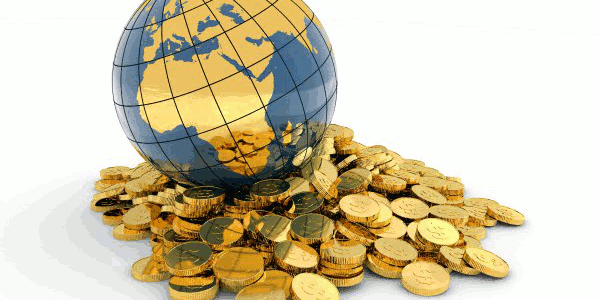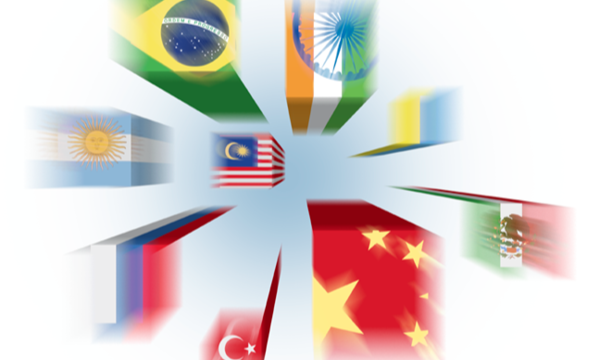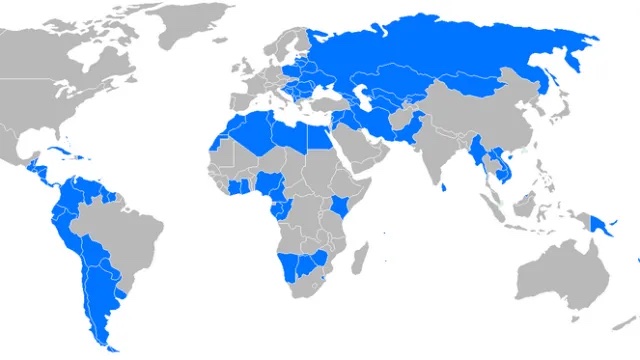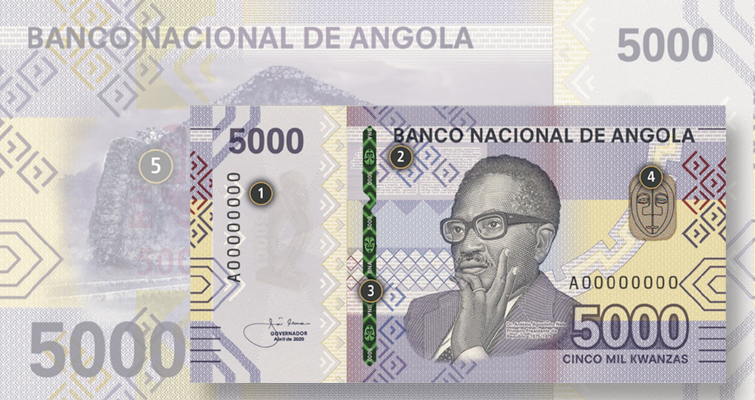Ending 2017 On Positive Footing
The global economy is heading into the year-end relatively strong. Growth is higher than in 2016. It is also higher than the averages seen since the global financial crisis (GFC). But we cannot celebrate. Not yet.
Growth is still below the levels we were enjoying before the GFC, and this recovery is cyclical in nature and therefore vulnerable. Structural challenges remain. Productivity growth is weak, especially in the West.
Geopolitical risk is high, and given the nature of domestic politics in the US, there is the added risk of a trade war. Debt levels are very high across developed and emerging economies, and they have increased since the GFC. As a result, there is little space for fiscal policy to deal with shocks. With global interest rates low, there is also limited space for monetary policy to deal with shocks.
Shocks can change this outlook. And shocks can be both positive and negative.
“There is a risk that markets may have become too negative”
The Good, The Bad
US politics could be one source of shocks. Following Donald Trump’s election win there was euphoria in financial markets hoping for a US reflation. There was a strong expectation of a boom in infrastructure spending and fiscal stimulus. We, however, did not share the euphoria. We were highly doubtful of the administration’s ability to implement such a policy. Since then, markets have started to share our view. The US dollar has surrendered its post-election gains, and political paralysis in the US has lowered expectations of meaningful stimulus.
But there is a risk that markets may have become too negative. In particular, there is a possibility that Trump and the US Congress could agree on some type of tax reform, providing the economy with fiscal stimulus. If that materialises, markets can be positively surprised. And although that surprise could strengthen the US dollar, its impact on the economy would still be limited.
First, because the economy is operating more or less at full capacity and a stimulus is unlikely to push it much further. And second, tax cuts, particularly for the highest earners who have a smaller propensity to spend, will not be as effective in supporting growth as investment in infrastructure.
Geopolitics could be another shock and this time, a negative one. Developments in North Korea are in focus, and risks are elevated. Thinking rationally, one should not expect these tensions to escalate into a military confrontation. But rationality does not always prevail when the human factor is involved. The main risks are political miscommunication or miscalculation.
Policy Changes A Key Factor
But perhaps the main shock could come from policy changes, particularly in the US. Easy monetary policy is one of the key factors driving economic growth. Given our view that this recovery is cyclical in nature and that structural challenges remain, the monetary policy outlook will be key in determining the recovery’s sustainability.
China’s policy is tightening, going from accommodating to neutral. But the Chinese authorities will be keen not to jeopardize their growth trajectory. China’s President Xi is likely to reiterate the goal of doubling the country’s 2010 GDP by 2020 at the Party Congress in October. To achieve this, China has to maintain a minimum growth rate of 6.3 percent from 2018-20. As a result, Chinese authorities will want to ensure that policy is not tightened aggressively enough to derail growth. So China should not be the main problem.
“Wages could begin to rise more rapidly”
Meanwhile, in the US, the Federal Reserve’s (Fed) decisions have a significant impact on the world economy given their effect on global liquidity. We expect the Fed to follow a very gradual hiking trajectory, supporting the global economic environment. But there is a risk that wages (and consequently inflation) could begin to rise more rapidly, as in previous cycles. Early signs of such dynamics could lead to more aggressive Fed hikes.
As Good As It Gets?
Expect the world economy to end 2017 and start 2018 with good momentum, despite ongoing structural challenges. This cyclical recovery will likely depend heavily on a continuation of relatively loose monetary policy, particularly from the Fed and the European Central Bank. Policy shocks are a risk, perhaps not so much in the next three-to-six months, but they could become more of a concern later in 2018.
So, is this as good as it gets? In the absence of structural improvements and with the risks of shocks possible, yes. And given that we are still below our pre-crisis global growth levels, as good as it gets is definitely not “good enough”.
About Marios Maratheftis
As Chief Economist of Standard Chartered, Marios is based in Dubai and oversees a team of economists across 13 different countries. Since joining Standard Chartered in 2002, his career has taken him across Standard Chartered’s franchises in Europe, Asia, Africa and the Middle East. Prior to becoming Chief Economist, he was an economist and senior FX strategist in London. Marios was previously an econometrician in Cyprus, focusing on estimating fair value exchange rates before the country’s accession to the European Union. Mario is a board member of the Stern Stewart Institute in Germany and a member of the Strategic Foresight Community of the World Economic Forum.


